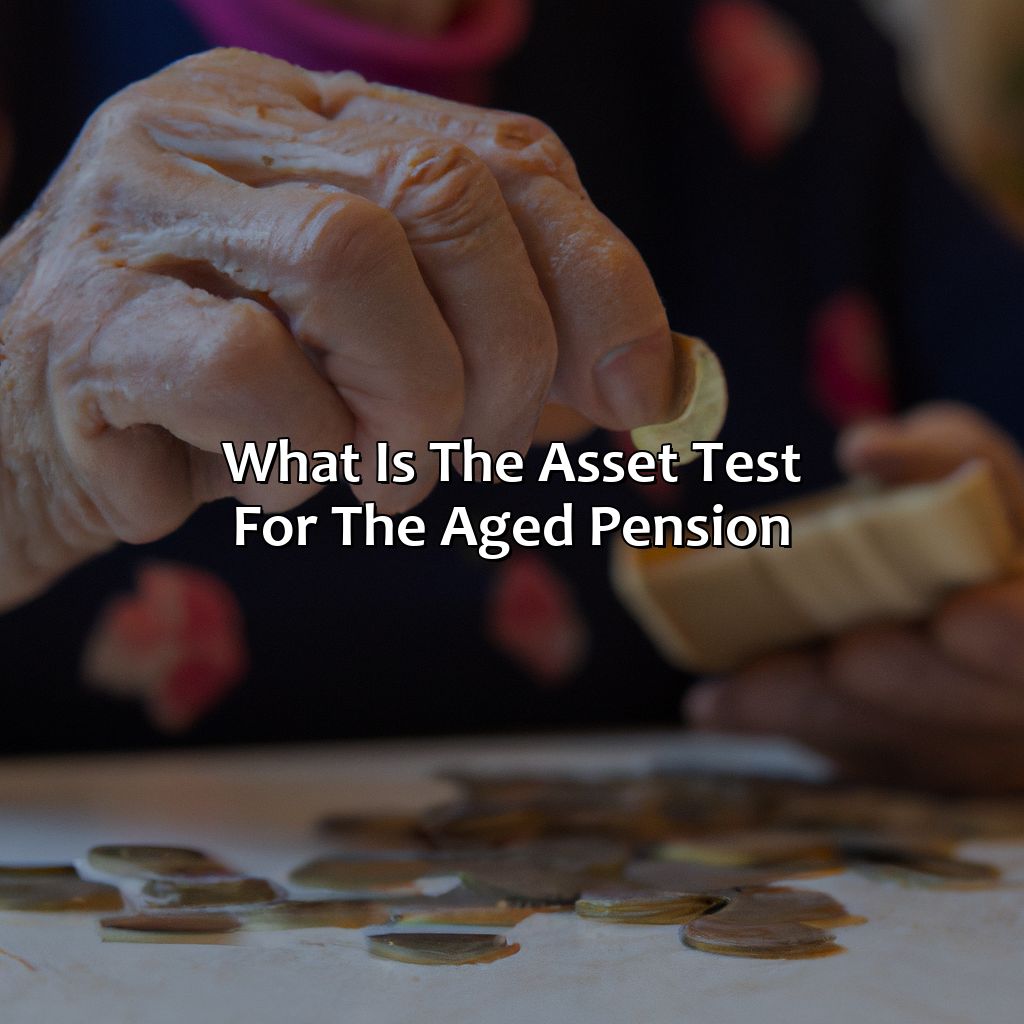What Is The Asset Test For The Aged Pension?
Key Takeaway:
- The asset test is a key factor in determining if an individual is eligible for the Australian Pension. The test evaluates an individual’s total assets, including real estate property, savings, and investments, to determine their eligibility for pension payment.
- The eligibility criteria for the asset test depend on an individual’s age and marital status. For example, a single homeowner is eligible if their total assets are valued less than $258,500, while a non-homeowner is eligible with less than $465,500 in total assets.
- To calculate the asset test, all assets are listed, including non-exempted assets such as vehicles, boats, and caravans. Any income generated from these assets is also taken into account when determining pension payments.
Are you unsure about how the asset test for the aged pension works? This article explains the eligibility criteria for the test and outlines the important considerations for getting appropriate financial support. You can make an informed decision on whether the aged pension is the right choice for you.
Overview of the Australian Pension system
The Australian Pension System is an essential program that supports retirees or eligible individuals through pension payments. It operates under different eligibility requirements, such as income and assets tests. The Asset Test for the Aged Pension checks the amount of assets owned by the pension applicant or recipient, which includes property, investments, and possessions. The total amount of assets must fall below the set limit to receive pension payments. The Australian Pension System provides financial security and assistance to those in need, ensuring a decent standard of living for retirees.
Continuing with the discussion of the Australian Pension System, one needs to consider the Income Test, which calculates the pension payments based on assessable income. The combined payment entitlements of the Income and Assets tests determine the minimum pension payment one can receive. The Australian Pension System also offers concessions on healthcare, public transport, and other essential services to eligible pensioners. It is significant to note that pension payments are taxable income.
Understanding the nuances of pension eligibility criteria can be complex, but it is essential to receive fair and accurate pension payments. Consulting a financial advisor or specialist can provide further information and guidance. Failure to assess pension eligibility details could result in missing out on financial aid, arming oneself with knowledge to find pension information and avoid unnecessary anxieties and stresses.
Explore the Australian Pension System to ensure you receive financial assistance that meets your needs adequately and guarantees a comfortable retirement.
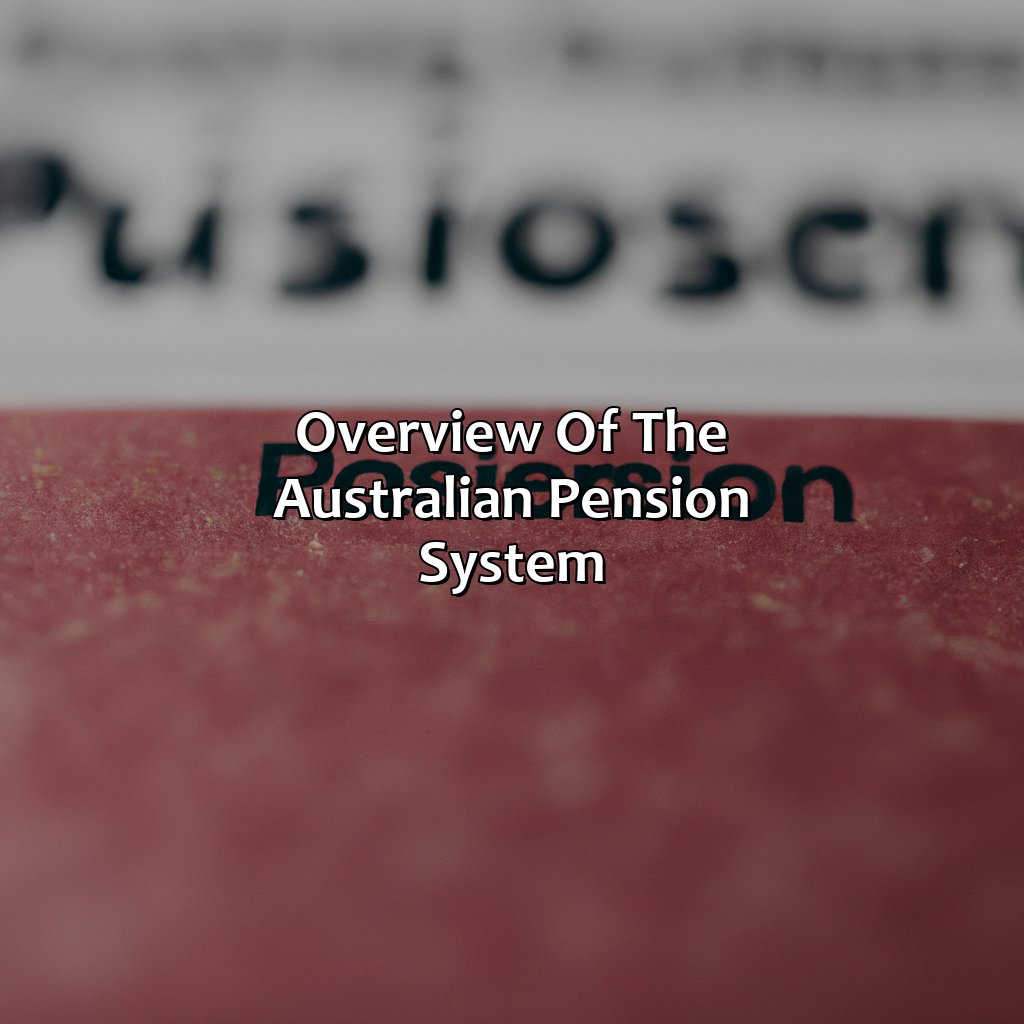
Image credits: retiregenz.com by David Arnold
Understanding the Assets Test for Aged Pension
To comprehend the assets test for aged pension, this section clarifies what the assets test entails and who is eligible. It provides a brief overview of the meaning of assets test and its criteria for qualification.
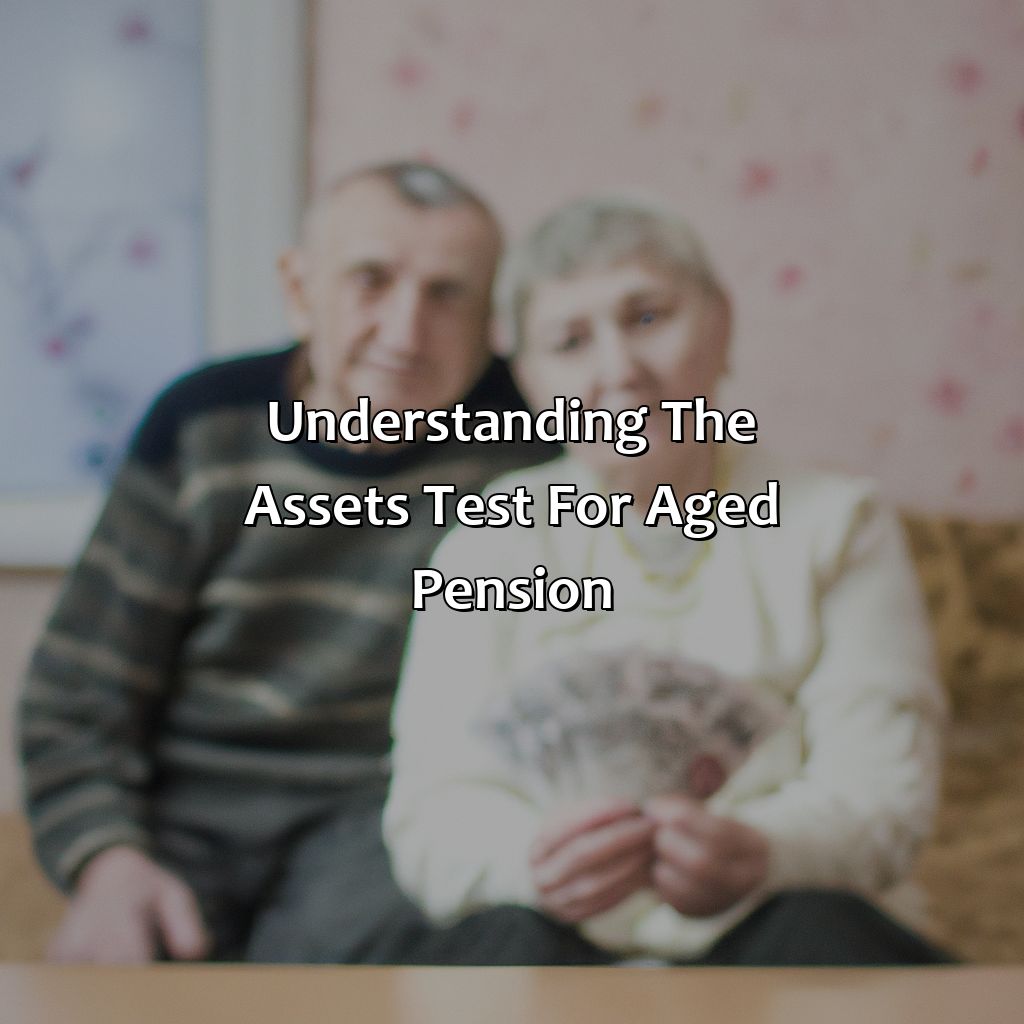
Image credits: retiregenz.com by Adam Arnold
Definition of Assets Test
The Assets Test for Aged Pension refers to the means by which the government evaluates an individual’s income and assets in determining their eligibility for the pension. The test assesses both the value of owned assets, including property, investments and superannuation funds, and income streams such as employment earnings or rental income.
Individuals must pass either the income or assets test to be eligible to receive aged pension benefits. The Asset Test has a threshold above which benefits are reduced or lost entirely. As of July 2021, this threshold is $268,000 for single homeowners and $401,500 for homeowner couples. If you are wondering how much you need to pay into your pension, it is important to understand the Asset Test and its thresholds.
It’s important to know how a pension is paid out and whether you meet the eligibility requirements. The Asset Test is one of the criteria you should consider when planning for retirement.
It is important to understand how the Assets Test works for Aged Pension as underestimating your assets could lead to overcharging from Centrelink, while overestimating can cause loss of benefits eligibility. Seeking advice from financial institutions and aged-care professionals would help maximize pensions entitlements.
Don’t miss out on any potential benefit from a misunderstanding of aged pension asset tests. Keeping records up-to-date with changes in assessments allows individuals to plan ahead and make informed decisions about their financial future while ensuring they keep receiving deserved aged pensions entitlements.
It’s important to know how to value a pension in order to maximize your benefits and avoid any mistakes in the asset test for the aged pension.
If you want to find out your pension and eligibility for aged pensions entitlements, understanding the asset test is important.
Time to get real, if you’ve got more assets than the Queen, you’re probably not eligible for the aged pension.
Eligibility Criteria for Assets Test
To qualify for the assets test, applicants must meet specific criteria that determine their eligibility. These criteria include factors such as the value of one’s assets, real estate property ownership, income stream products, and financial investments. The value of a person s principal home is not considered in the assessment. If an applicant’s assessable assets exceed a certain limit, they may not be eligible for the full pension, or they may not receive any payment at all.
The asset limit to receive the maximum pension payment varies depending on whether you are single or in a couple and whether you own your home outright or are paying off a mortgage. Additionally, if you have children who are still attending school/college/university and living with you, your assessed assets place themselves indirectly lower than it usually assesses. If you’re wondering how to claim your civil service pension, RetireGenz has a helpful guide on claiming civil service pensions.
It is suggested that to increase your eligibility for an aged pension by maximising your Centrelink benefits which include senior health care card holders concessions such as discounts on power bills and transport concessions, it is wise to seek out professional advice from licensed financial advisers or Centrelink officials. However one should always consider consulting any financial adviser before making any decision and keep all records updated with regular reviews & assessments to prepare well for this journey of receiving these benefits throughout their ageing life.
Get ready to do some serious algebra because calculating the assets test is like solving a Rubik’s Cube with financial stakes.
Calculation of Assets Test
Do you need to know how to calculate your eligibility for the aged pension based on the assets test? Look no further! This section, “Calculation of Asset Test”, has the answers. It includes “List of Assets” and “Non-Exempted Assets” to help you understand the evaluation process of your assets. Find out if you qualify for the aged pension!
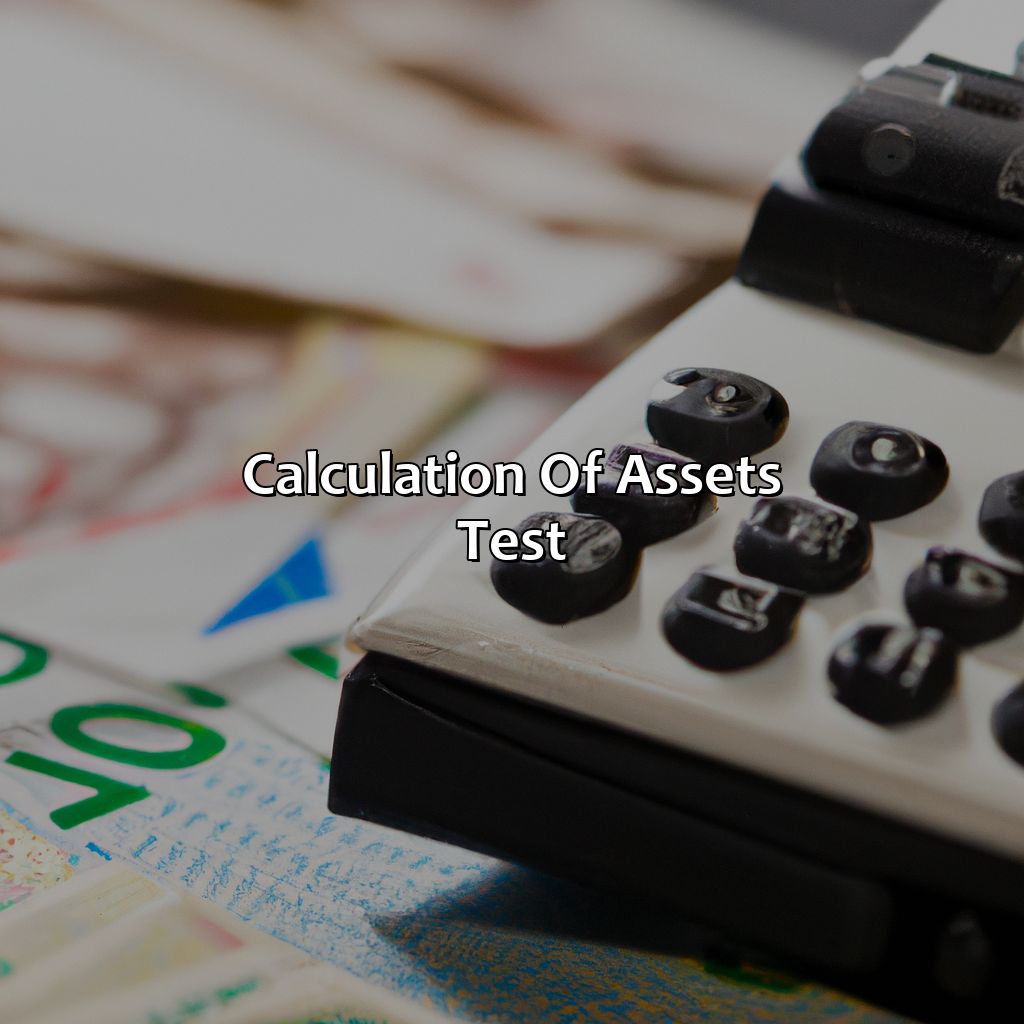
Image credits: retiregenz.com by Harry Duncun
List of Assets
When it comes to qualifying for the aged pension, a key factor is the assessment of an individual’s assets. As such, it is important to understand what falls under the category of ‘Asset Test’.
- Property: This includes any land or buildings that you own outright or have part ownership in. The value of the property is assessed and included in your total assets.
- Investments: This covers any shares, cash in bank accounts, term deposits, and managed funds owned by the individual.
- Personal possessions: Household items like furniture, appliances and vehicles are not considered as personal assets but expensive collections like antiques are included in your asset test assessment.
- Superannuation: The balance of your superannuation account, if you’re over a certain age which depends on your gender and date of birth.
It’s important to note that assets of both yourself and your partner (if you have one) will be taken into account during the Asset Test evaluation process.
Pro Tip: Ensure that you regularly update how you report your assets to Centrelink so as not to face issues when being assessed for the aged pension eligibility criteria. If you’re wondering how can I claim my pension back, it’s best to consult with a professional for guidance.
Your house may be exempt from the asset test, but your extensive Beanie Baby collection definitely won’t be.
Non-Exempted Assets
Assets that are not exempted from the assets test for the aged pension include real estate (excluding the primary residence), investment properties, savings accounts, stocks, bonds and vehicles. These assets are used to determine a person’s eligibility to receive aged pension payments from the government.
It is important to note that there are some exemptions for certain assets such as the primary residence, personal items such as furniture, household appliances and clothing. Additionally, funds held within recognized superannuation accounts may also be exempt.
In order to reduce the impact of non-exempted assets on the asset test calculation, it is recommended that individuals seek financial advice about investing in suitable options such as funeral bonds which can reduce their assessable assets. It is important to note that giving away or disposing of assets may not be an effective method of reducing assessable assets and may negatively impact eligibility for government support programs in the future.
Looks like the asset test is a real game changer for those looking to retire to their yacht in the south of France.
Impact of Assets Test on Pension Payment
The assets test plays a critical role in determining pension payments for the elderly. It considers a person’s assets and income to assess eligibility and payments. The threshold for asset values is set by the government and varies based on the person’s status and the nature of their assets. Those with assets exceeding the threshold may not qualify for a pension or receive reduced payments. Understanding the assets test and its implications is crucial for anyone seeking pension assistance.
The assessment of assets is done alongside income assessments to determine the overall financial situation of an individual. The assets test includes property, savings, superannuation, and investments but excludes personal items and the family home under certain conditions. Each category of assets has different values and treatment under the test.
To apply for a pension, a senior citizen must provide accurate information about the value and type of assets they possess. Failure to disclose assets or attempts to conceal them can lead to penalties and legal action. If you are wondering how to get your pension from a previous employer, navigating the assets test rules can seem complicated and confusing, causing many seniors to seek professional assistance in the process.
One example of the impact of the assets test is Mrs. Smith, a retiree who owned a small property and had some savings. She assumed she would qualify for a full pension but was shocked to learn she did not meet the threshold due to her assets. Mrs. Smith had to rely on her savings and income from a part-time job to make ends meet. The assets test indeed influences the life of seniors to a great extent.
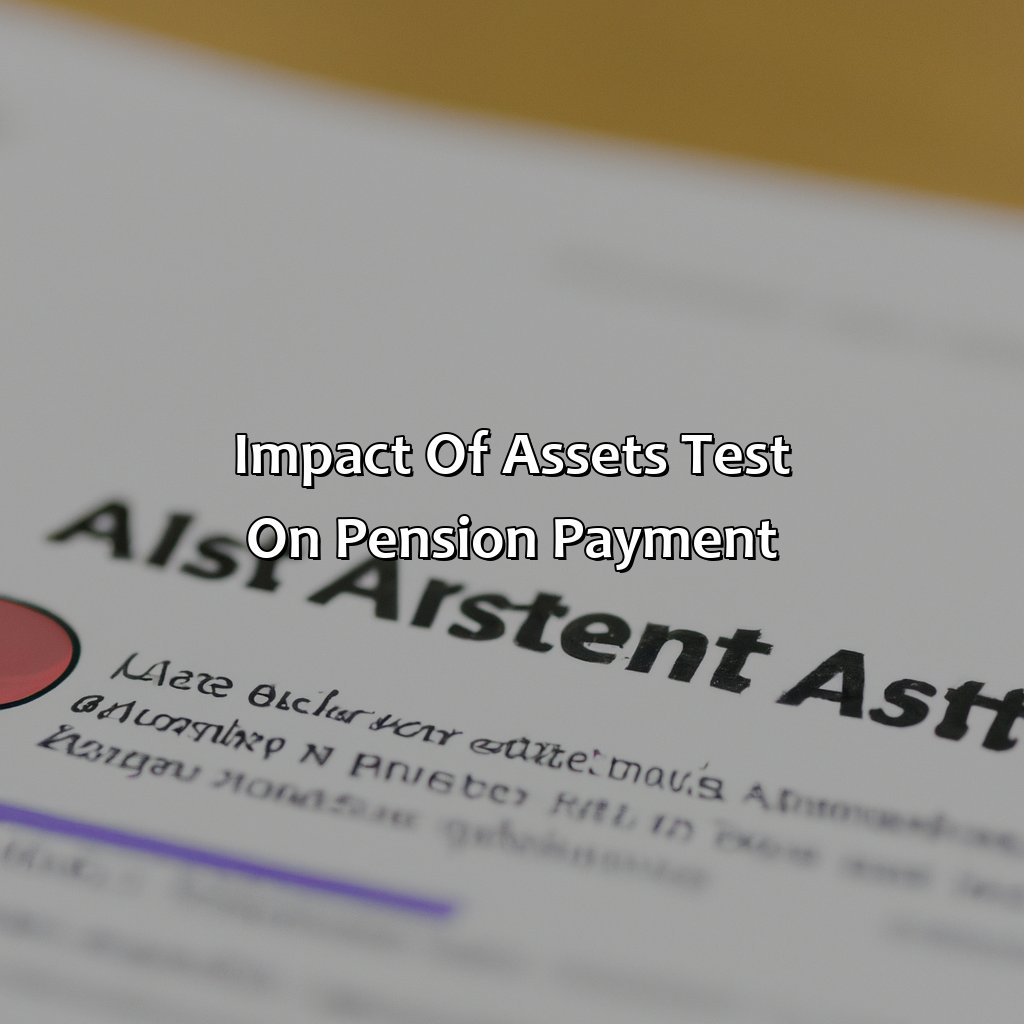
Image credits: retiregenz.com by David Jones
Strategies for reducing Assets to qualify for Pension
In this article, we discuss effective ways to decrease your assets to qualify for the aged pension. Here are three strategies:
- Gift money to family members or charities
- Invest in exempt assets such as your home or personal belongings
- Use a private annuity to convert assets into an income stream
It is essential to note that these strategies come with risks and benefits that must be carefully considered. It is crucial to seek professional advice before undertaking them.
Another important fact to consider is that reducing your assets to qualify for the pension may not always be the best long-term financial decision. It is crucial to consider your overall financial goals and the potential impact on your retirement income. If you’re wondering how do I check my pension, there are various resources available online and through government agencies that can provide assistance.
A pensioner we spoke to had her assets re-assessed yearly to ensure she remained eligible for the pension. After speaking with a financial advisor, she decided to invest a portion of her money into a long-term investment, which increased her overall income while still keeping her under the asset test threshold. This is a great tip for those looking for information on how to find a lost pension plan.
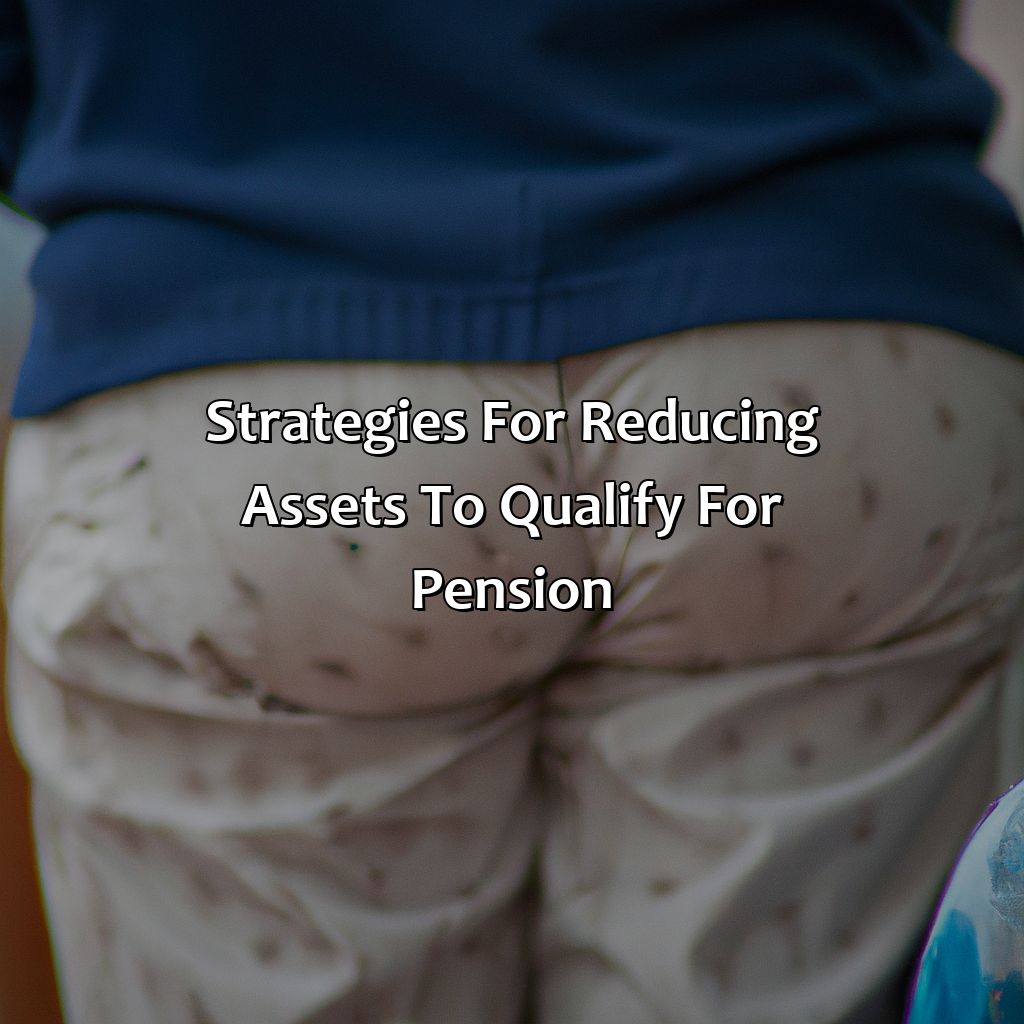
Image credits: retiregenz.com by Harry Washington
Some Facts About the Asset Test for the Aged Pension:
- ✅ The asset test for the aged pension is used by the Australian government to determine eligibility for the pension. (Source: Australian Government Department of Human Services)
- ✅ The asset test takes into account the value of both assessable and exempt assets, such as property, bank accounts, and investments. (Source: Australian Government Department of Human Services)
- ✅ The asset test thresholds and limits change regularly, so it s important to stay up to date on current requirements. (Source: Australian Government Department of Human Services)
- ✅ Couples are subject to a combined asset test, which can affect their eligibility for the pension. (Source: Australian Government Department of Human Services)
- ✅ Non-homeowners may have different asset test requirements compared to homeowners, as the value of their home can impact their eligibility for the pension. (Source: Australian Government Department of Human Services)
FAQs about What Is The Asset Test For The Aged Pension?
What is the asset test for the aged pension?
The asset test for the aged pension is a means-tested assessment used by the Australian government to determine eligibility for the Age Pension. It considers the value of a person’s assets, including property, investments, and other financial investments like bank accounts and superannuation.
What assets are included in the test?
All of a person’s assets are included in the asset test, such as property, investments, and other financial investments like bank accounts and superannuation. However, the family home is exempt from the asset test if the person is still living in it.
What is the asset threshold for the pension?
The asset threshold for the pension varies depending on a person’s situation. As of July 1, 2021, the asset threshold for a single person who owns their own home is $268,000, while for a couple who owns their own home, it’s $401,500. These thresholds may be adjusted annually depending on changes in the Consumer Price Index (CPI).
What happens if a person’s assets exceed the threshold?
If a person’s assets exceed the asset threshold, their pension payment will be reduced. The amount of reduction depends on how much their assets exceed the threshold. The reduction is calculated by reducing the pension payment by $3 for every $1,000 over the threshold. Once the assets exceed the upper limit, a person loses their eligibility for the Age Pension entirely.
How is the asset test different from the income test?
The income test for the pension measures a person’s income from all sources, including employment earnings, investments, and government payments. On the other hand, the asset test measures the value of a person’s assets, such as property, investments, and other financial assets. Both tests are used to determine a person’s eligibility for the Age Pension.
Is the asset test the only means-tested eligibility criteria for the Age Pension?
No, there are two means-tested eligibility criteria for the Age Pension: the asset test and the income test. A person must pass both tests to qualify for the Age Pension.
